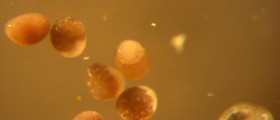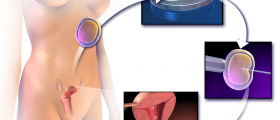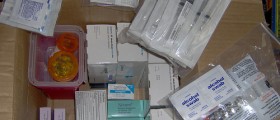
Vitrification is the process of converting something into a glass-like solid that is free of any crystal formation, which is in fertility field very important because by adding a cryoprotectant crystal formation is prevented. This is essential because ice crystal formation can be very damaging to frozen embryos as well as other cells. Vitrification that is used for IVF is an ultra-rapid IVF embryo freezing. This method is used instead of the traditional slow freezing process and it does results in higher preservation success rate. Therefore results are post-thaw survival rates and higher success rates of pregnancies. There are two basic types of cryoprotectants: permeating (e.g. propanediol) and non-permeating (or extracellular) such as sucrose. Cryoprotectants enable lower freezing point and thus prevent formation of crystals of ice.
Additionally cryoprotectants can protect by interacting with membranes as they change from a pliable to a rigid state. Embryos can be frozen from the stage of one cell or other stage up to and including blastocyst stage which is 5 to 7 days after fertilization. However, different cryoprotectants, freezing solutions and different protocols are used for different stages of embryo development. The price of embryo freezing is not low and it may vary anything between $500 to $1000 or more.
- www.nhs.uk/news/pregnancy-and-child/frozen-ivf-embryos-lead-to-healthier-babies/
- www.betterhealth.vic.gov.au/health/ConditionsAndTreatments/Egg-freezing?viewAsPdf=true
- Photo courtesy of UZM by Wikimedia Commons: commons.wikimedia.org/wiki/File:Vitrification_protocol_of_embryos_using_a_hollow_fiber_membrane_device.jpg
















Your thoughts on this
Loading...